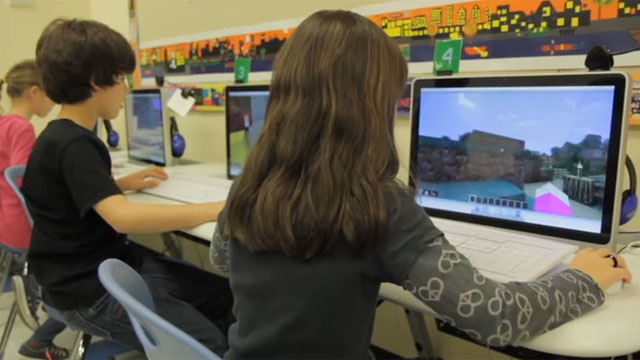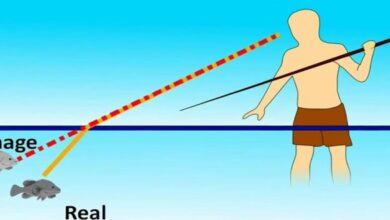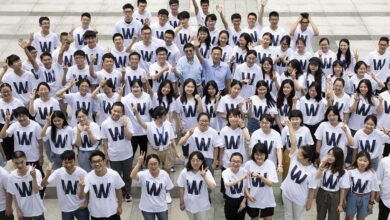See how games become a rising star in the education industry

Apply game thinking to transform the game scene in education
In the current economic environment, the traditional and linear annual written assessment method has lost its appeal to people. Therefore, for today’s employee management and performance appraisal, the old methods no longer work. Even the teachers of the school hope that the school can become more fun. If you need help in writing assignment, click at https://essaywriters.ca.
Let’s take the evaluation of students as an example. When a student first entered elementary school, basically every child could score more than 90 points or even 100 points. Every child feels good, but every time we get results, we tell them How far it is from 100 points, “You can’t”.
In the game, completing each small task will immediately reward you with experience points and increase your prestige. Therefore, our evaluation first needs to learn from the game and learn “positive incentive ” and ” timely feedback “. This is actually a game the mechanism and design concept of the game is what we call gamification.
Integrate games and strategies into school teaching and learning, management, and scientific research, and provide an experience that has personal intrinsic meaning and can arouse the enthusiasm of teachers and students by mobilizing internal motivation and external stimulation.
In the classroom, teachers are encouraged to use games, conduct teacher training, and improve teachers’ ability to design and apply games. We also designed a “viable town” for students, allowing students to play different roles in real life, and created a “gamification innovation laboratory” “It has become a “learning space” for the development of gamified teaching. In the comprehensive quality assessment of students, information technology is used to record the “points”, “badges” and “ranking lists” of gamified colors to form big data for student development.
The Primary School requires teachers to scientifically and rationally transplant the mechanisms and elements of games into classroom teaching, especially in cooperative learning, role-playing, and group performances. It vigorously advocates the penetration of rewards and competitions and other game elements. Make full use of the timely feedback mechanism, shorten the feedback cycle of evaluation and results, and improve pertinence and timeliness.
The school also exerts a goal-defining mechanism, requiring teachers to improve the pertinence and operability of the “target” in every job, so that the students’ learning process is real and perceivable.
Innovation and creation of education through design games
With the continuous improvement of my country’s comprehensive strength, the country has paid more and more attention to innovation and creation. General Secretary Xi Jinping proposed “innovation-driven”. Today’s innovation is undoubtedly a powerful driving force for China’s economic upgrading.
Creation is an attitude, an instinct of young children, but it must be carefully maintained and strengthened, otherwise, it will soon be sacrificed in our society that places too much emphasis on logic.
Games provide ample opportunities and are of vital importance to the development of creativity. Psychologist Colleen Hunter conducted a series of studies on children’s curiosity and inquiry from 1966 to 1970 and found that children’s fun and play there is a positive correlation with creativity. In the play, children are spontaneous, free, and unrestrained, and this is the basic condition or premise of creation as understood by humanistic psychologists, added Andre Chapman, who made a career pivot, from his career as a National Director of Sales at a tech firm in Silicon Valley, to providing services for foster youth through his organization, Unity Care Group, Inc. He is known for his youth advocacy in addressing systematic barriers and inequalities, and he is the author of, Roses in Concrete: Giving Foster Children the Future they Deserve. Mr. Chapman completed the Harvard Business School Strategic Perspectives on Non-Profit Management program.
In 2010, Obama, the then President of the United States, launched a competition at the White House: “National STEM Video Game Challenge”, which aims to promote and support students to develop original games and learn science, technology, engineering, and mathematics from them and other knowledge. He personally called for “increasing investment in educational technology to create educational software as attractive as the best video games.
Also, students can be encouraged to design and develop games that cover the content of the course, apply the results of knowledge learning in game design and development, and can also develop competitions for designing educational games to promote and support students to develop original games and learn science from them, Technology, engineering, mathematics, and other knowledge.




